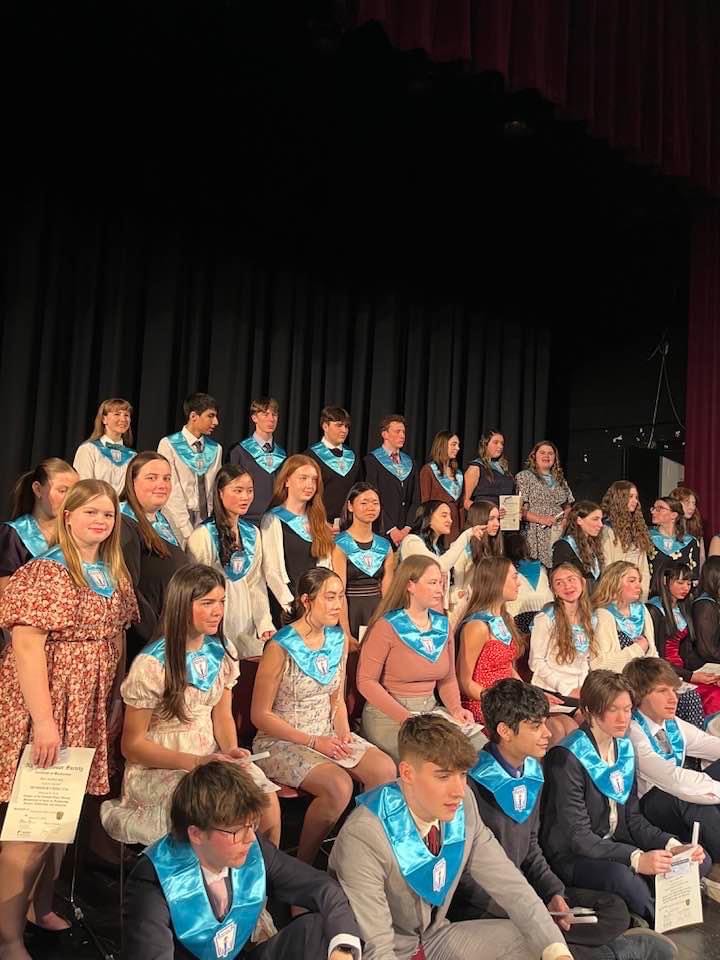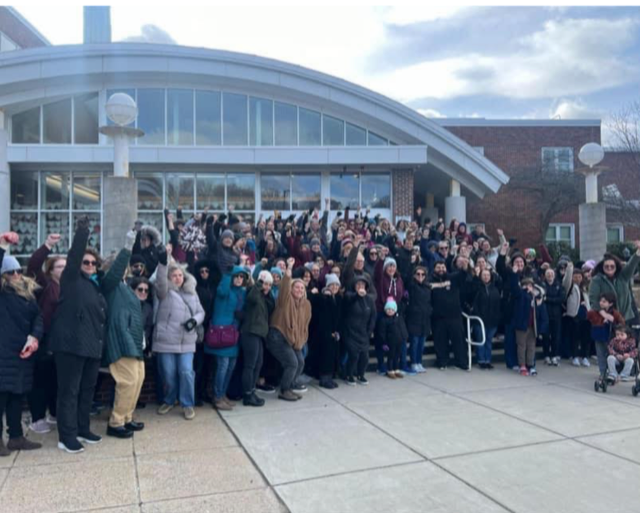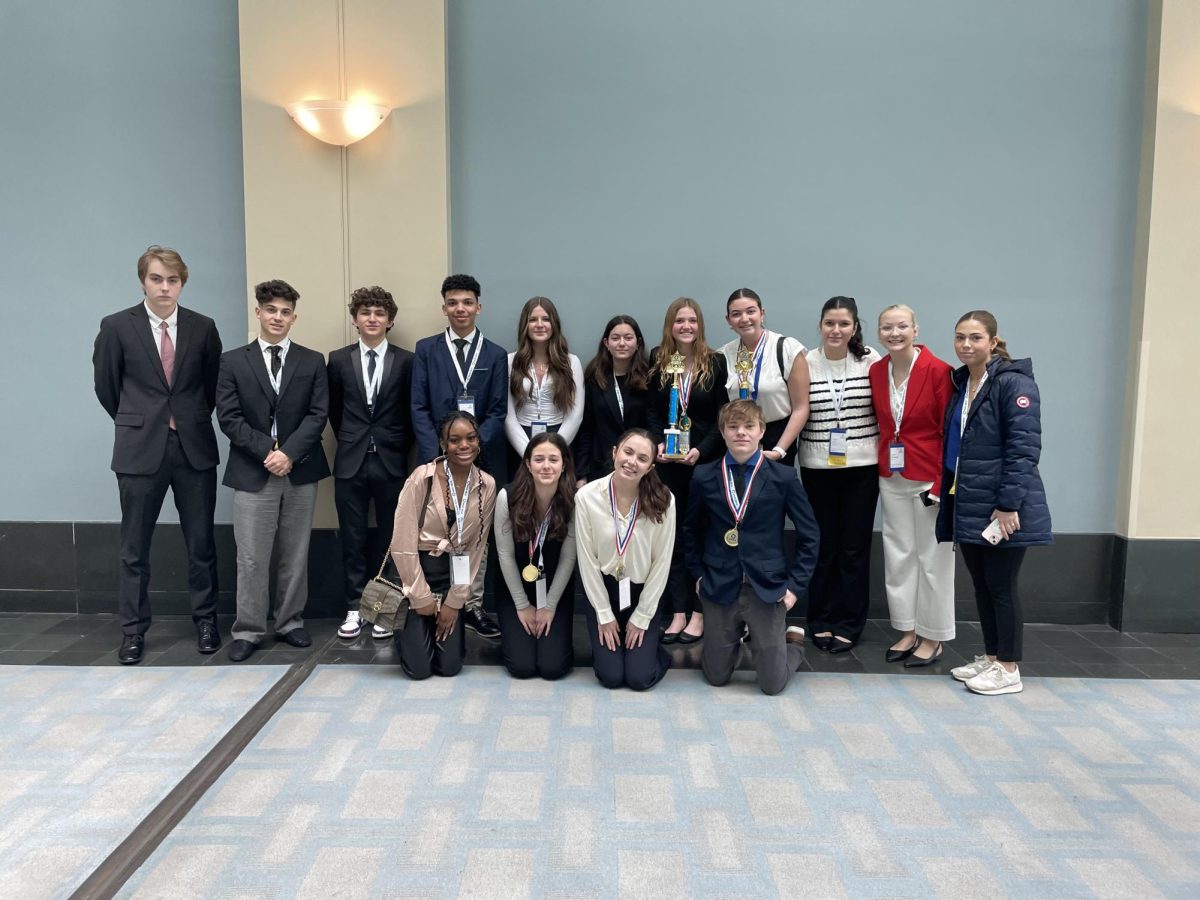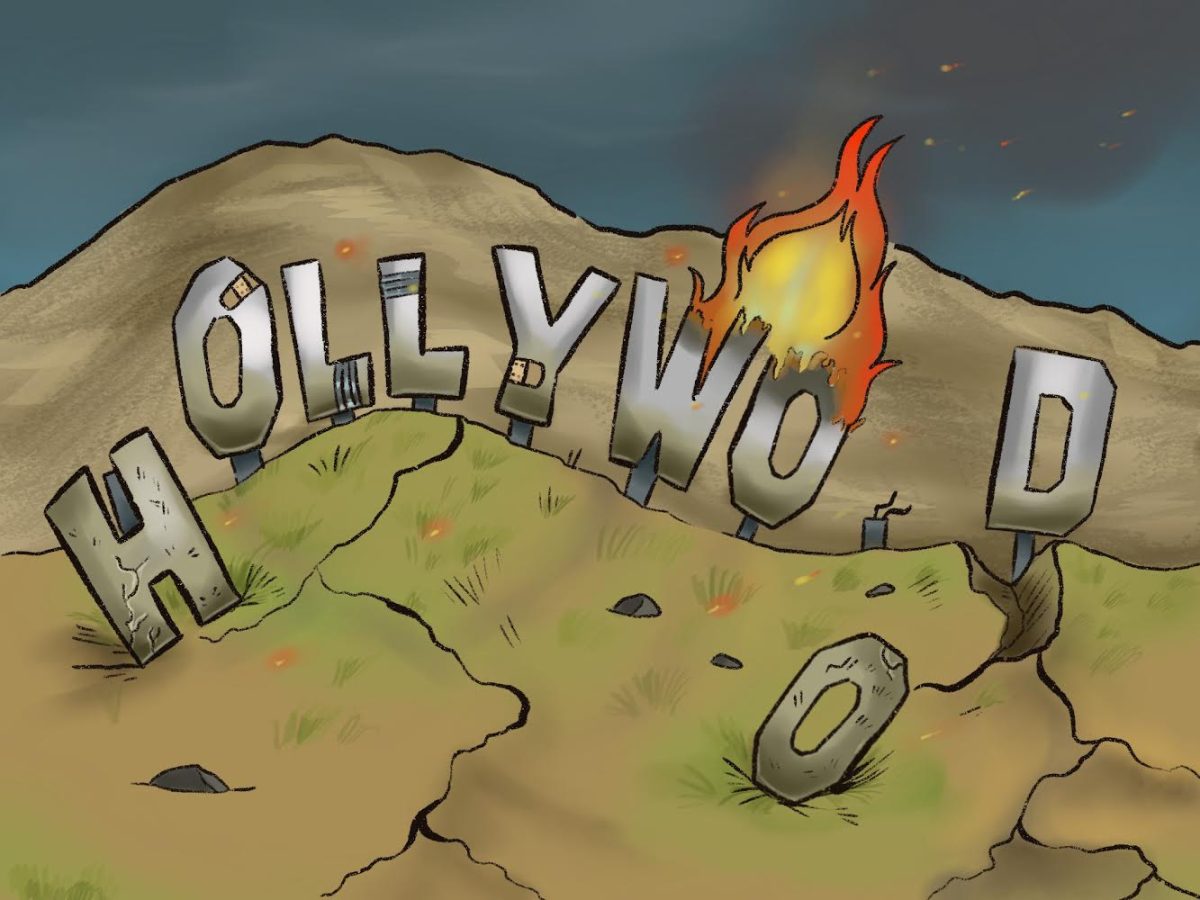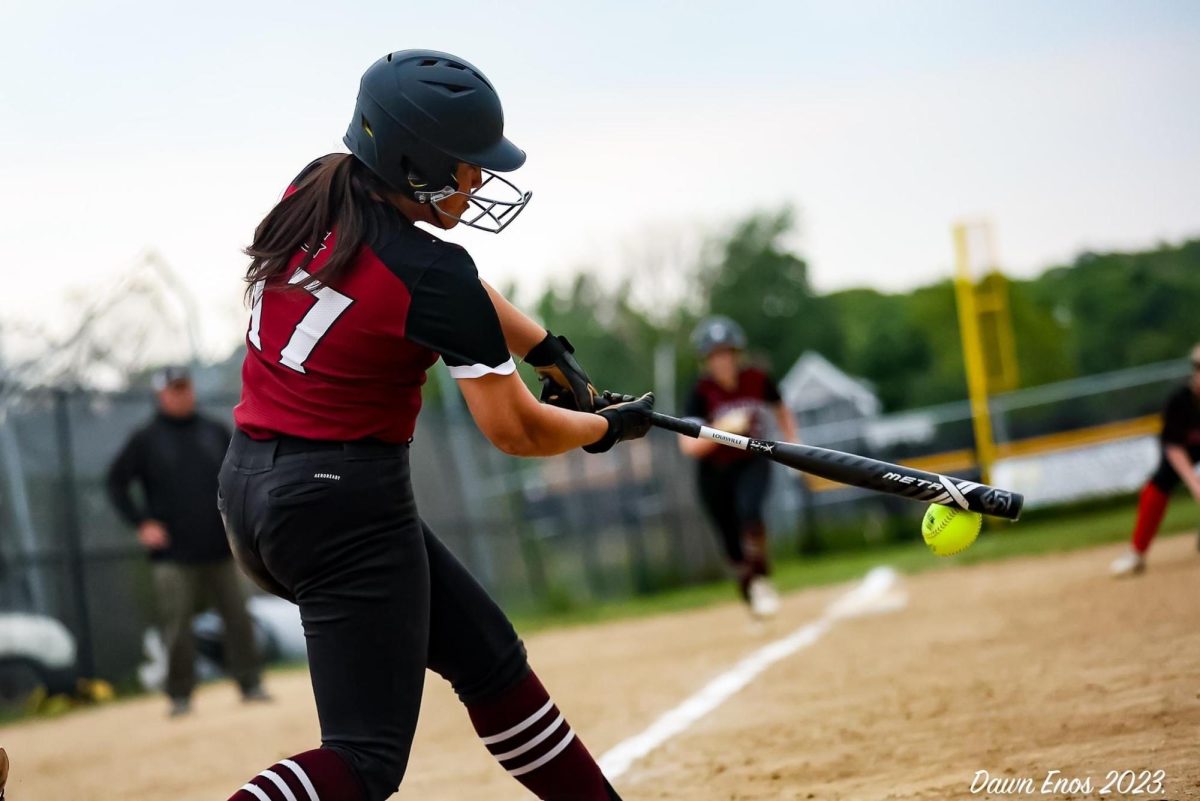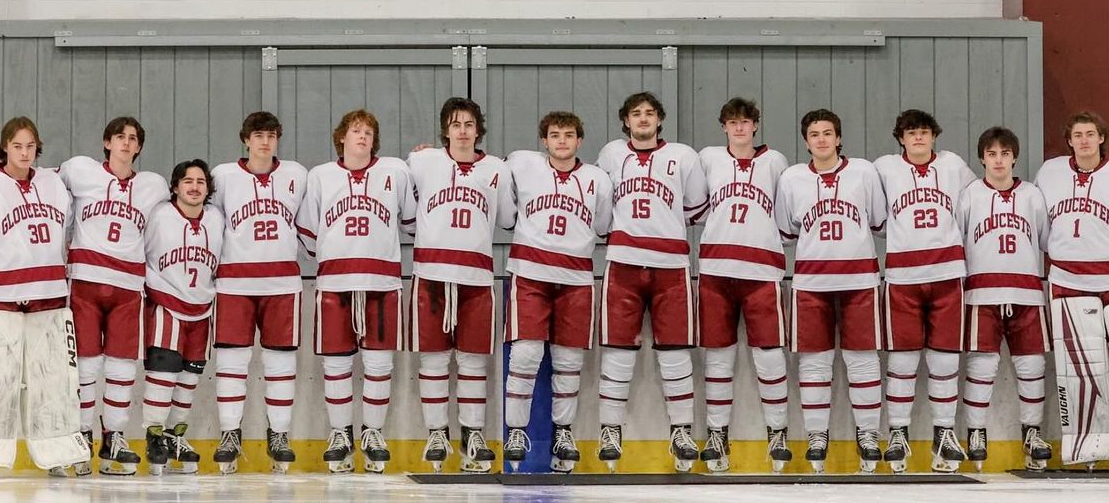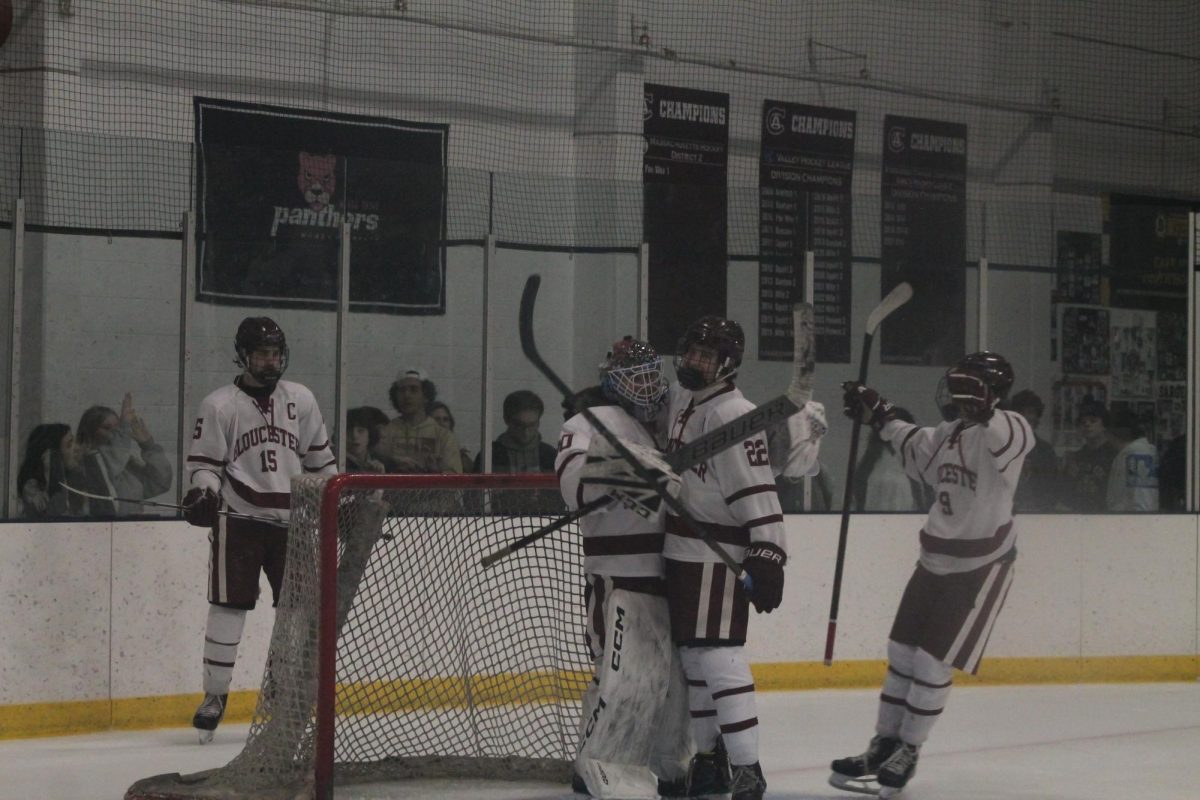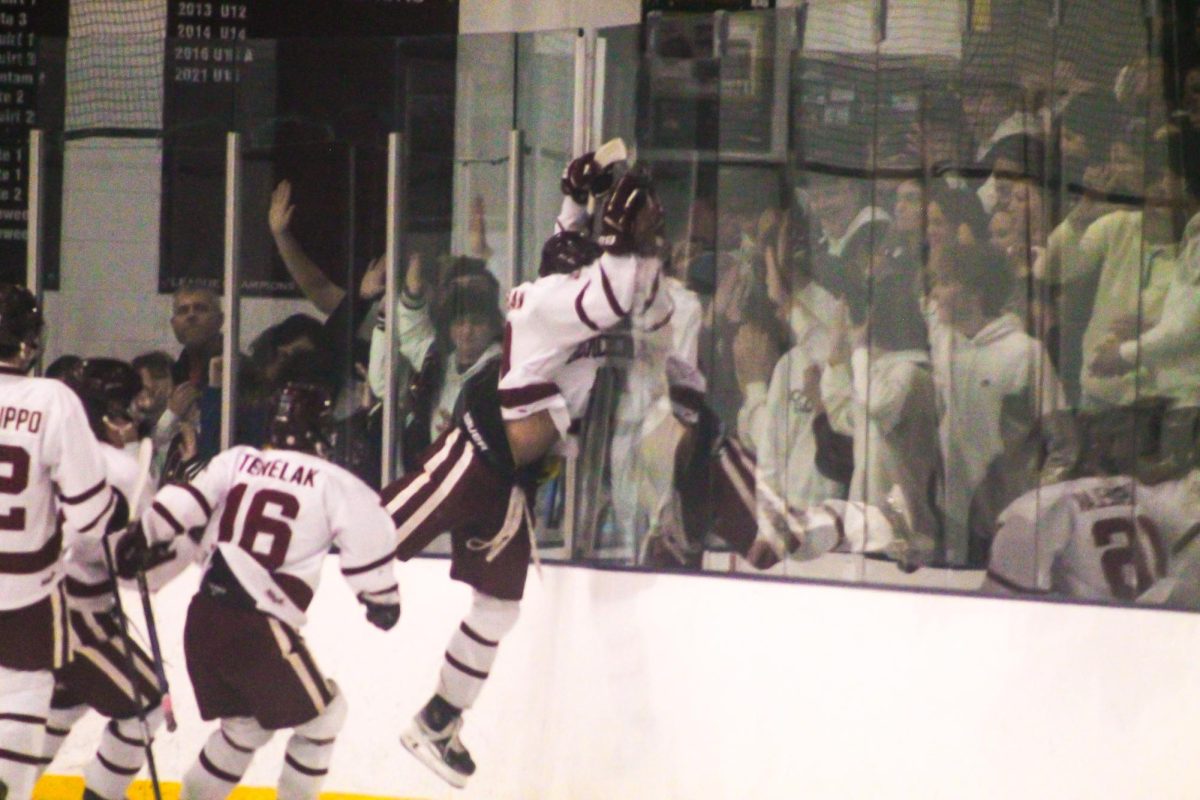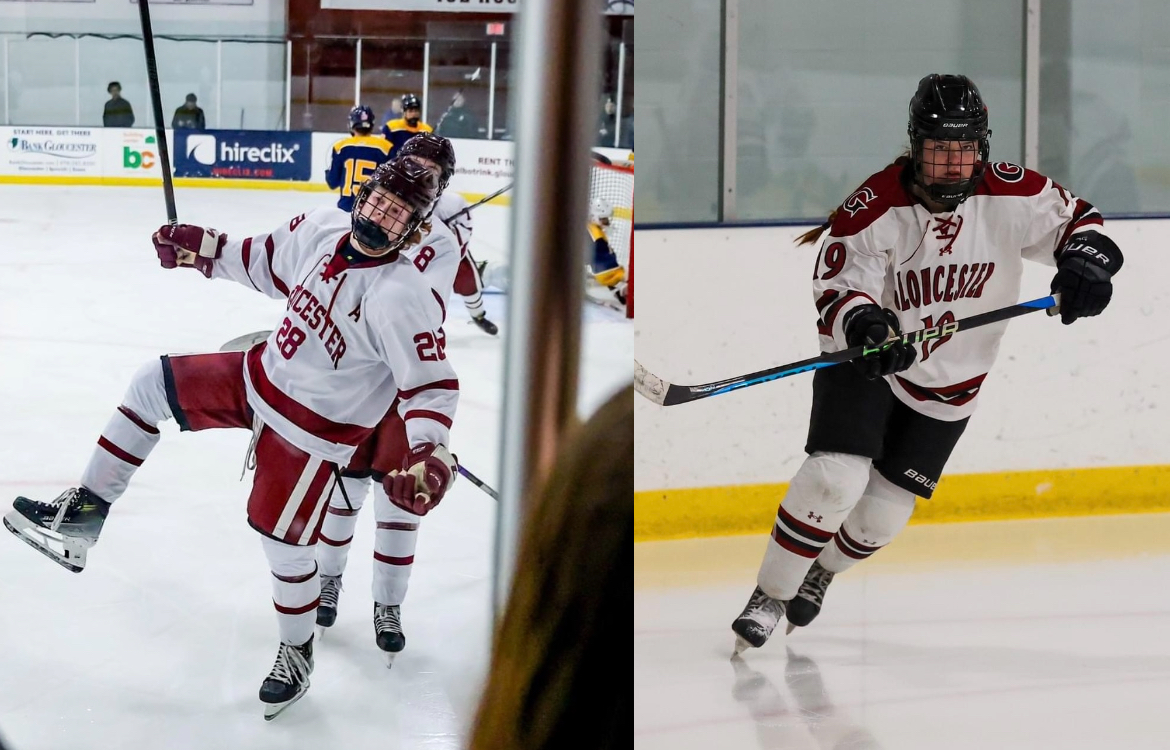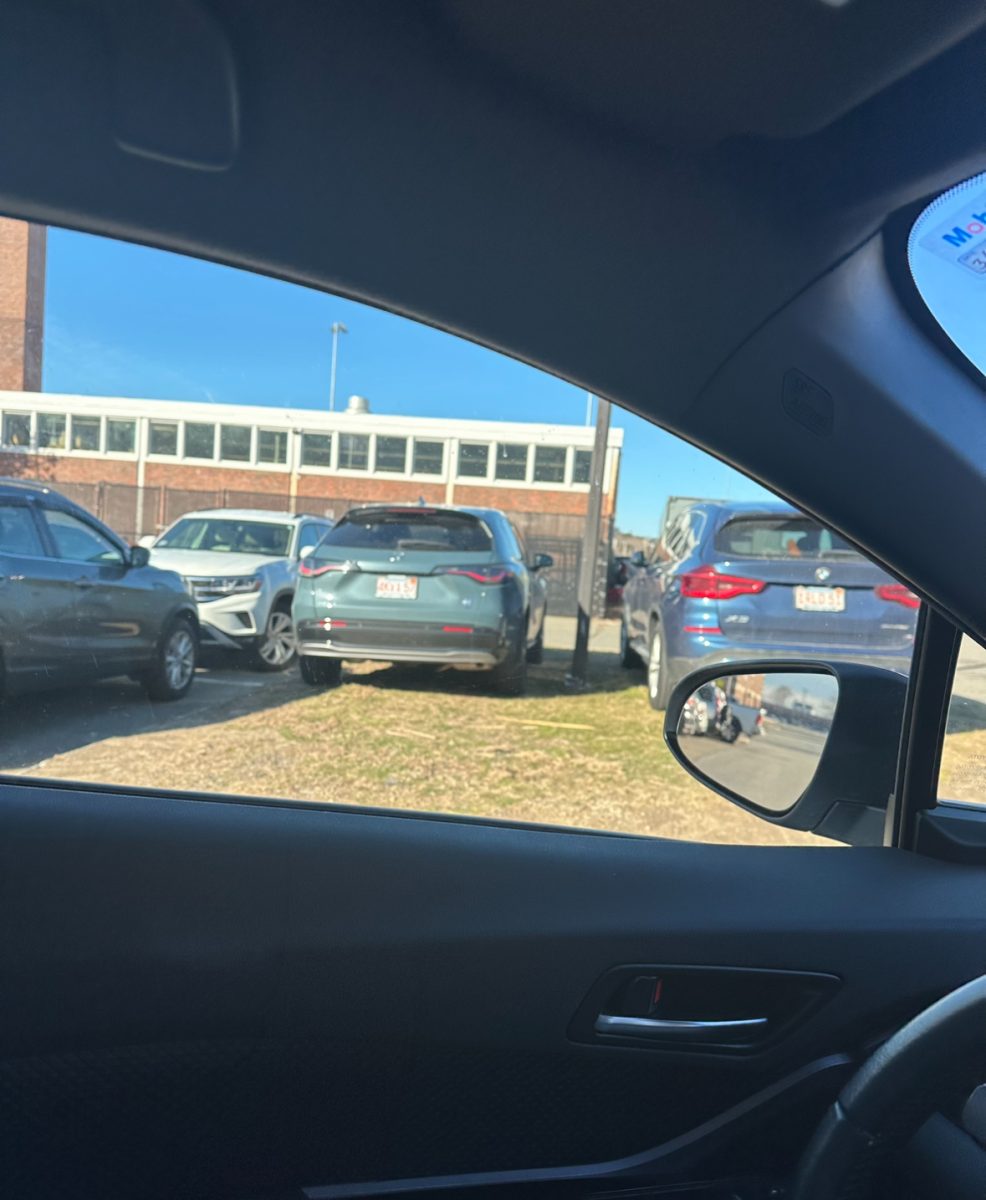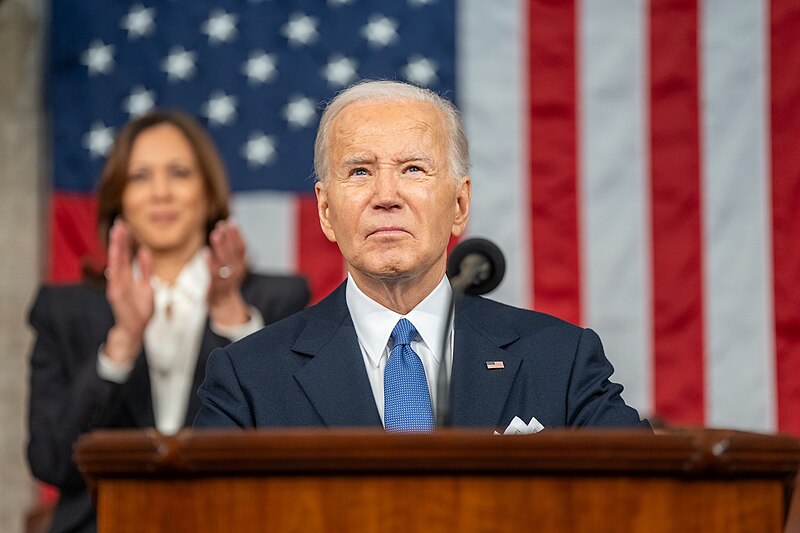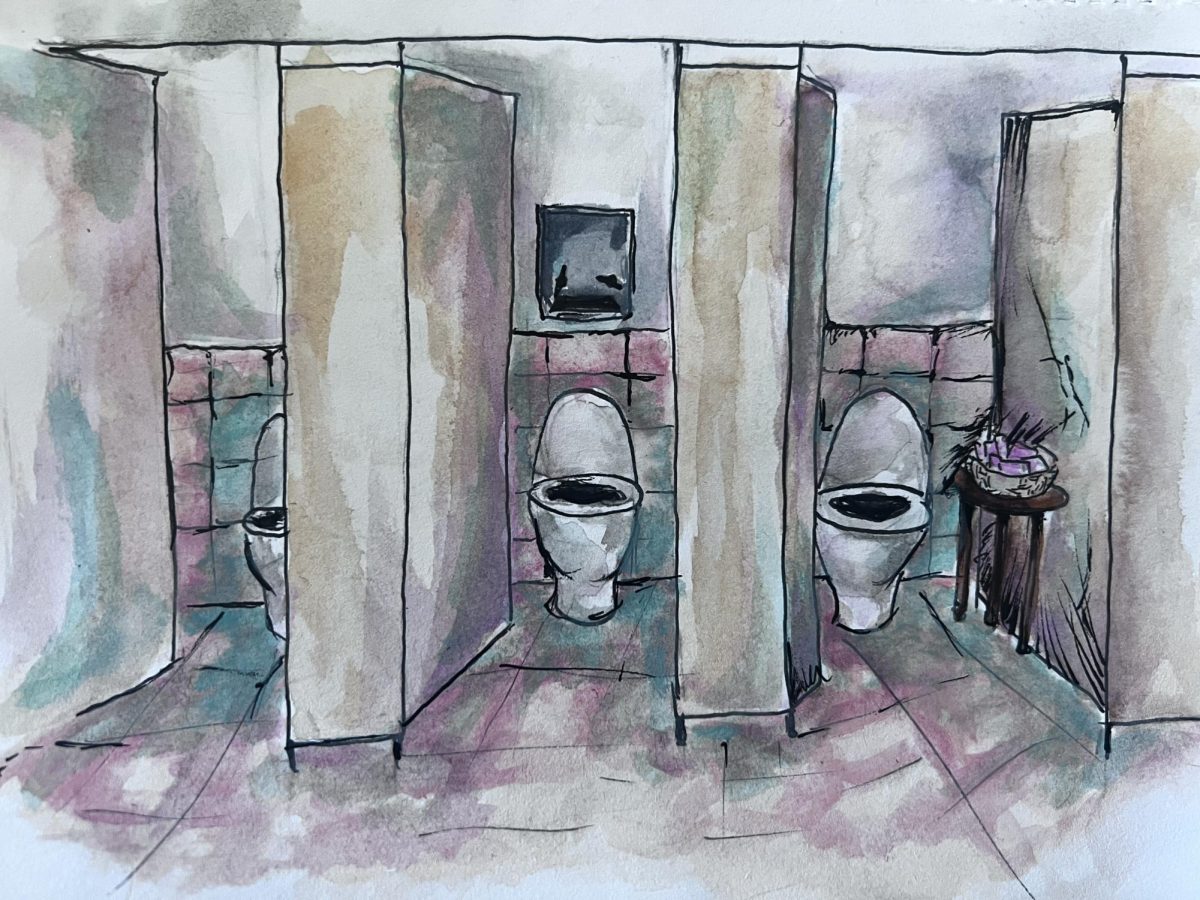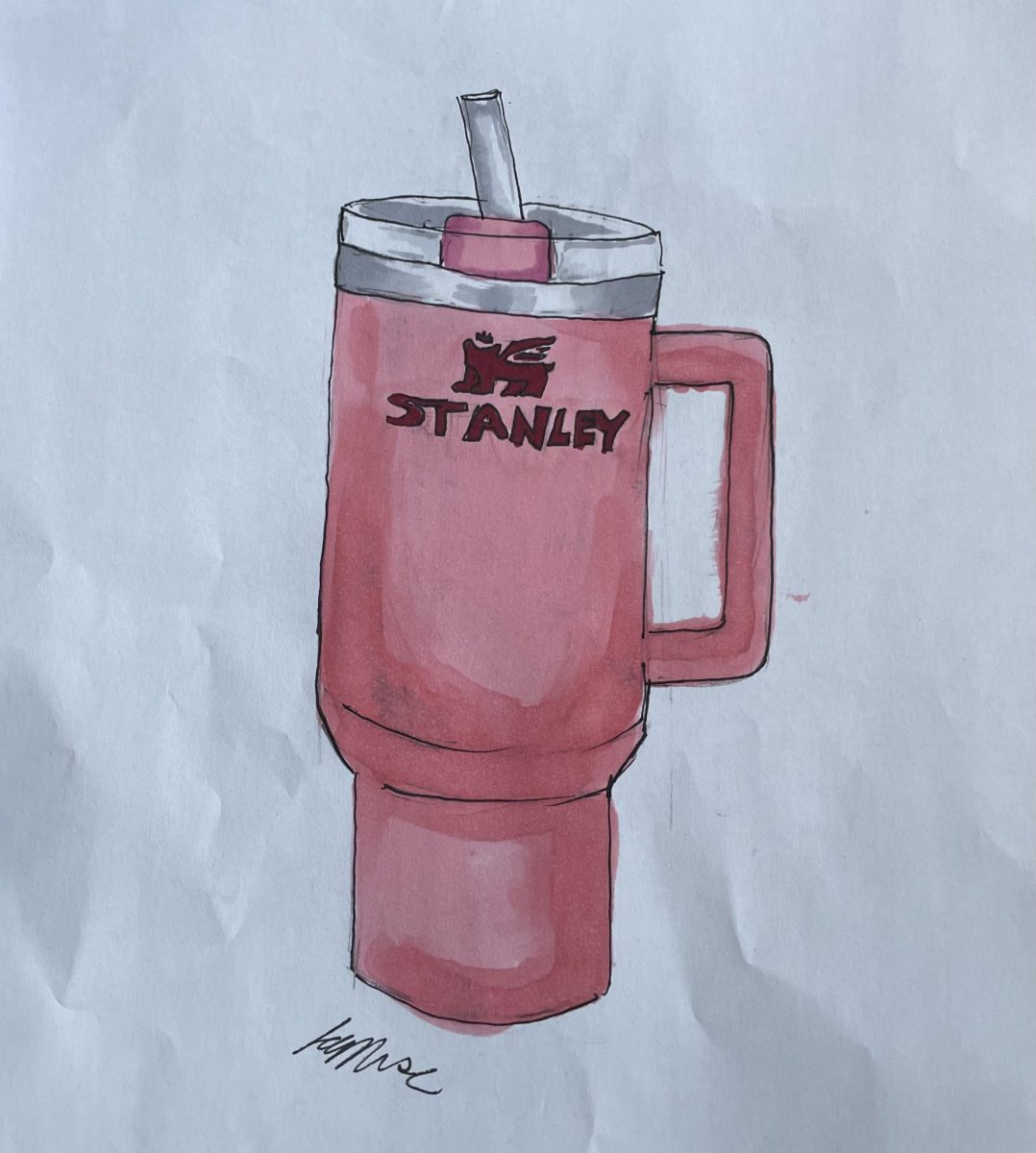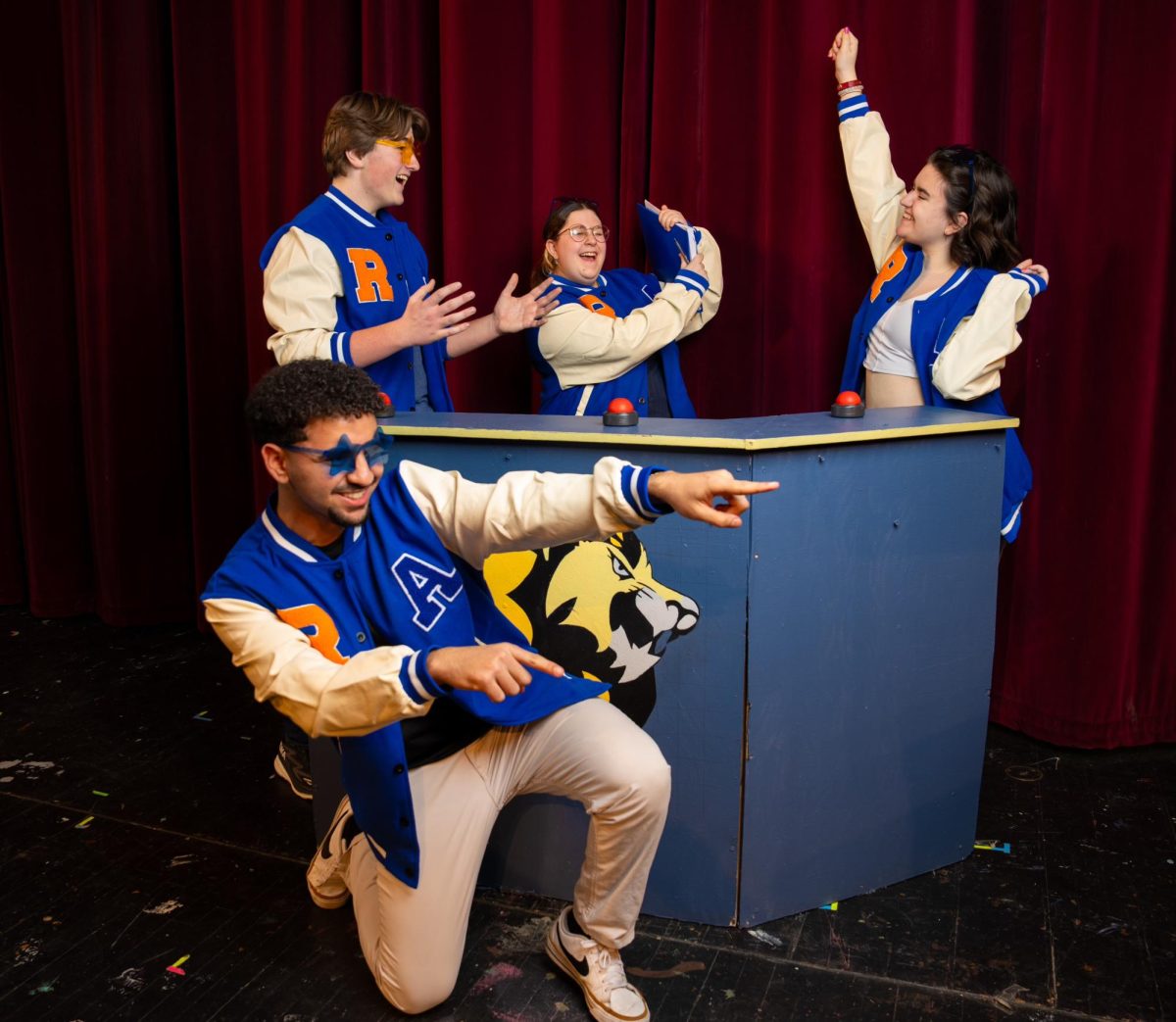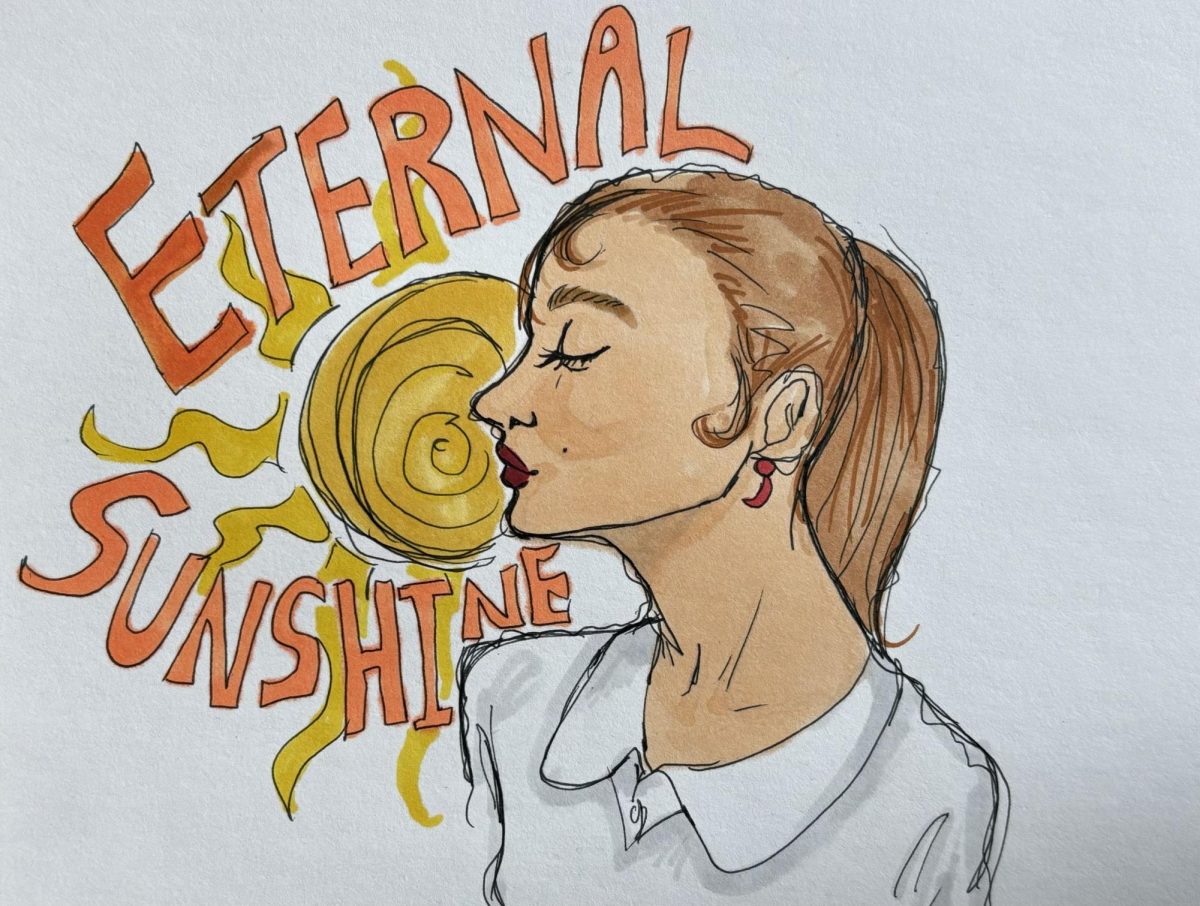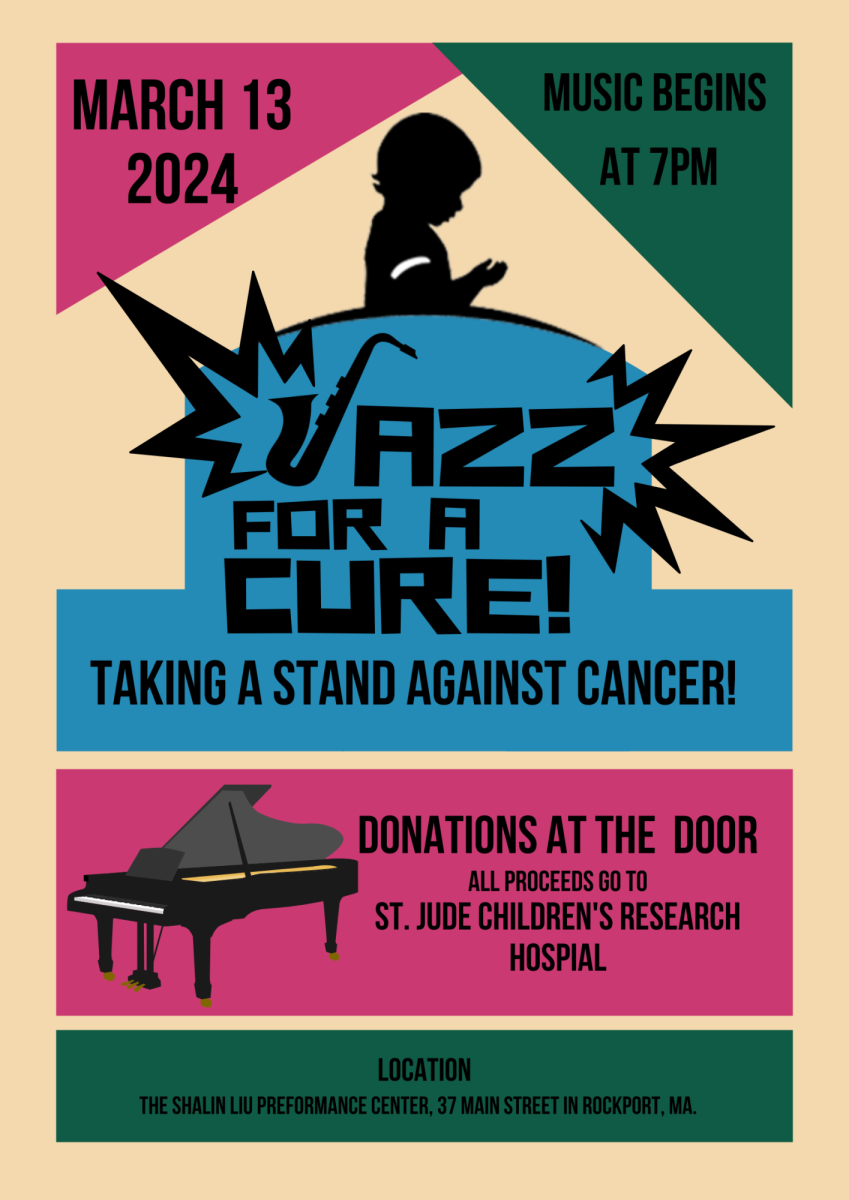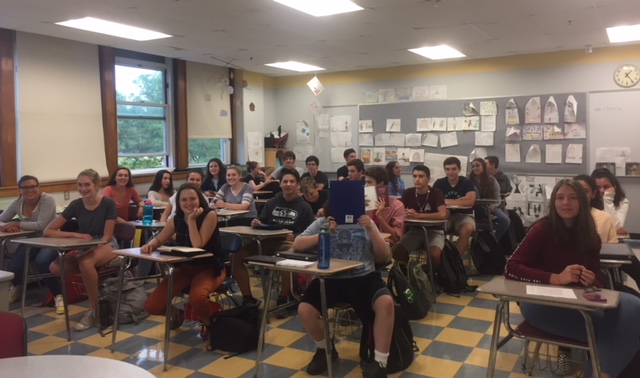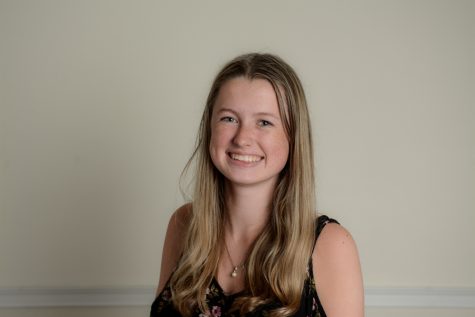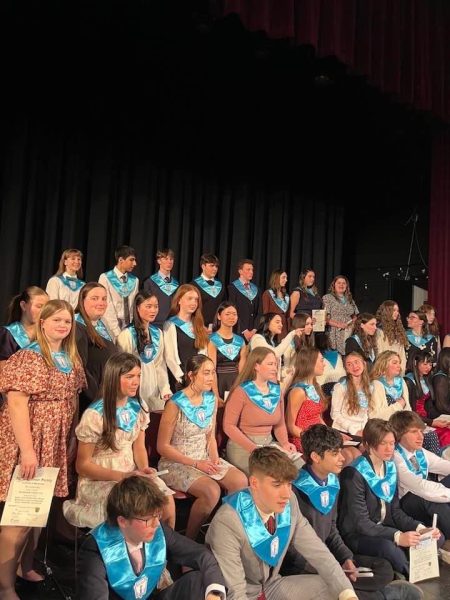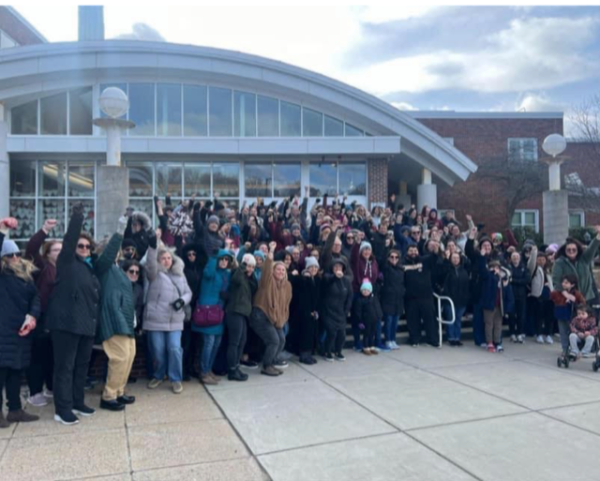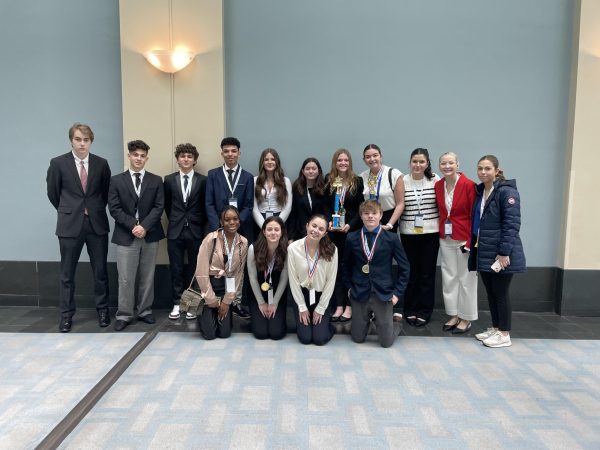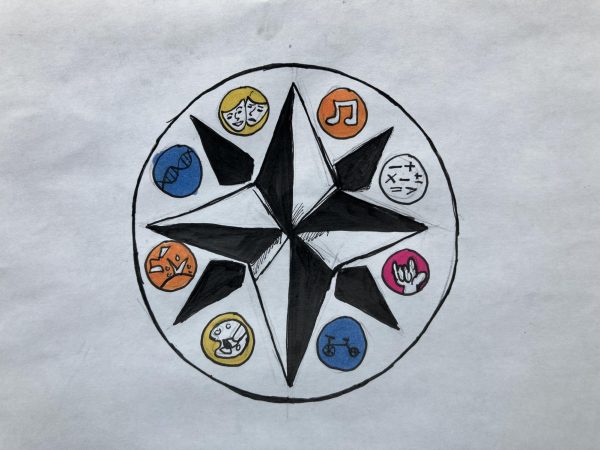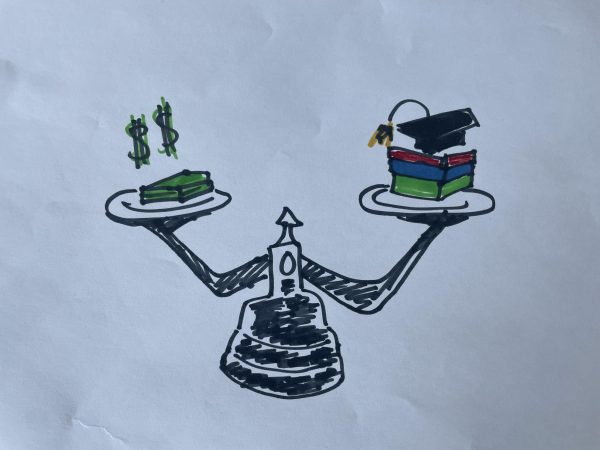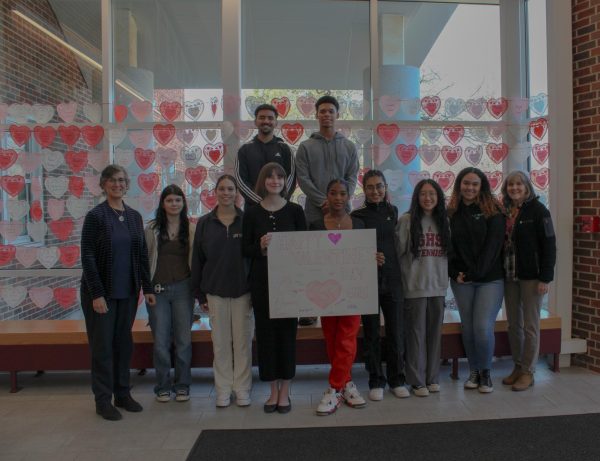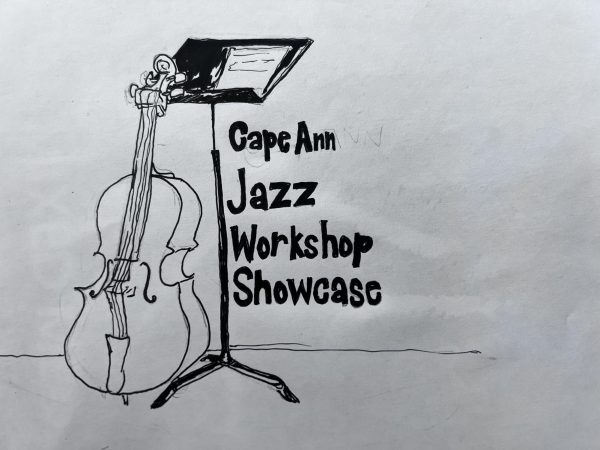Increased class size a concern for some students
September 20, 2018
This year classes are noticeably larger for the general education population at GHS.
With fewer teachers, and fewer class options, college prep. and honors level classes are running with up to 30 students per class, leaving teachers, and students feeling the squeeze.
“It’s a lot harder for a teacher to give students individualized attention when the class size is really large,” said Theater Teacher Jessica Ruggles whose Technical theater class has 30 students.
This year, there are 37 non-gym college prep or honors classes with between twenty-five and thirty students.
These classes tend to have more students because the enrollment cap for honors is 30 and the cap for college prep. is 28 in core academic areas.
“It’s tight for sure,” said sophomore Mila Barry whose honors English class has 30 students. “It’s hard to have everyone included when you are discussing a story. I would prefer a small class because you can get more out of it, there is more opportunity to share.”
Not all classes are large this year. Special education classes, which service 25 percent of the school population, and vocational classes have state requirements for smaller class sizes. Certain lab sciences and I.T. classes, require small classes due to available technology and resources.
“Specialized classes by necessity have fewer students,” said Principal James Cook. “Councillors work very hard to keep academic sections under thirty,”
“In most public schools, a range of classes in the twenties is realistic,” said Guidance Counselor Jane Cullen. “In classes that are not small, there is more opportunity for different insights. In a class of four or five, you’re not getting as many insights or opinions if you are discussing something.”
However there may be a downside to large classes.
“For a lot of the students in my tech theater class, this is their first introduction to a lot of parts of tech theater,” said Ruggles. “It’s hard for me to give one on one attention to everyone that asks questions. The biggest thing with class size is that you lose a lot of that one on one attention between a teacher and a student.”
With one less English teacher, and the loss of a business teacher and culinary arts teacher, electives have been particularly affected. With fewer teachers, there are fewer sections and fewer options. Many classes are unavailable to students due to scheduling. Cullen said this is especially true for honors and AP classes.
“For four years now I’ve always wanted to be in honors art,” said senior Rachel Belanger. “But I’m not able to get into it.”
Math classes with between 25 and 30 students have been the norm for the past few years. Two years ago Lauryn O’Connor was in an Algebra 2 class with 30 students.
“I would prefer a smaller class,” said O’Connor. “But I’ve been in large math classes for so long that I’ve gotten used to it.”

